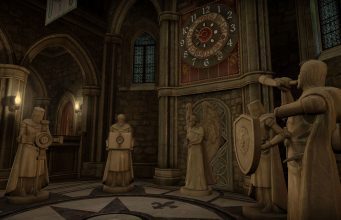
The Room: A Dark Matter is an upcoming VR puzzler from Fireproof Games, the same minds behind The Room (2014), its beloved predecessor for PC and mobile, and VR shooter-adventure Omega Agent (2016). With the fresh VR entry in franchise, Fireproof has shown a new level of mastery with the medium with this engaging, wondrous world of puzzles and arcane magic—something that truly sets a new bar for the VR puzzle genre.
Escape room games were one of the first to find a home in VR, and its for good reason: developers have a plethora of puzzle styles to borrow from both physical and digital escape rooms and mostly a blank check when it comes to the sort of story and visuals they want to drape on top of it. The object-oriented nature of the escape room genre is also basically a natural fit with VR thanks to motion controllers. That doesn’t put all VR escape rooms on equal footing though, as The Room: A Dark Matter strikes a satisfying balance between puzzle complexity, storyline delivery, atmosphere, and visuals, making for such an enjoyable time that I really didn’t want it to end.
I’m gushing. I know. But there’s plenty to gush about with The Room: A Dark Matter—especially because of what I saw on Quest. Here’s why:
Note: the is a spoiler-free preview of a pre-release version of The Room: A Dark Matter.
As per the game’s description, A Dark Matter begins deep within The British Museum in London, where the disappearance of an esteemed Egyptologist prompts a police investigation into the unknown. As an intrepid detective, you encounter cryptic locations, examine fantastic gadgets and discover an otherworldly element which blurs the line between reality and illusion.
At first I felt a bit like Indian Jones as I traipsed through a 12th century church to break my way into a crypt where I messed around with all sorts of Egyptian relics. But that Spielbergian flair soon wears thin as a more sinister, patently Lovecraftian vibe takes over. Although there aren’t any blatantly frightening bits to worry about (i.e. no jump scares or anything to grab at you), the atmosphere really starts to feel like something ripped from any one of H. P. Lovecraft’s occultist short stories, replete with locales you might envision springing from the late horror fiction writer’s Cthulhu Mythos. I won’t go any further so I don’t spoil the narrative.
The game’s linear story is punctuated with hand-written notes that you find along the way in a each level. These are useful to the overall story, but not in the sense that they will give you clues to how to solve your next puzzle. Rather, turning on your ‘spirit vision’ goggles, letters and notes take on a secondary function by letting you summon a ghostly view from the past for a short scripted interlude from some forgotten adventurer before you. More often than not, these apparitions leave behind key objects that start you out on your journey of deconstructing the game’s multi-layered puzzles. The goggles also reveal clues and other puzzles too, so you’ll find yourself toggling them on and off a bunch.
One of my favorite recurring puzzle is when you shrink down to fit into a keyhole, where you then go through a wide variety of cryptic mechanics to jimmy the lock open. I’m not certain why I’m able to shrink given the lack of context (uh, magic?), but I’m not sure it matters because of simply how impressive and inventive each puzzle was.
In some of the puzzles you’re tasked with fetching one item to unlock another, and these can be obvious from the onset. A dagger-shaped receptacle lets you unlock a box. A locked dagger is across the room that needs a key (etc). However as the game progresses, it’s very rarely a simple task of putting object ‘A’ into slot ‘B’, as puzzles become more complex and multi-faceted. Personally, the end result was real satisfaction and a sense that I was somehow clever when I solved a room, although I know it’s really both the puzzles and their designers that should get that compliment.
Outside of the game’s cleverly built puzzles, one of the most striking features of The Room: Dark Matter is its fantastic level of visual detail, which at many times felt like it was running on a much more powerful device (I played on Quest).
For example: the paper in my hand flops around as if it were actually effected by gravity. The green potion in my glass swirls around the container as I slosh it around plaintively. Lighting is excellent and the sheer volume of well-made textures really helps sell each room. Sometimes this high level of realism is infringed upon by the lack of full physics simulation; i.e. you can clip your hands through walls and doors, and only some objects are grabbable—it’s hard to tell what you can manipulate and what you’ll clip through, as the game only gives you a slight haptic buzz to tell you whether you’ve landed on something ‘solid’ or not. While this irks me a bit from an immersion standpoint, it never spoiled the game which was overall an awesome gameplay experience.
Puzzle hints enabled by default, but you can toggle them off in the main menu. If you leave them on you’ll still need to manually request a hint in the in-game inventory, so you never feel like it’s leading you by the hand unless you’re absolutely need it to. That’s where you’ll find your spirit goggles and all of the stuff you squirrel away in each level.
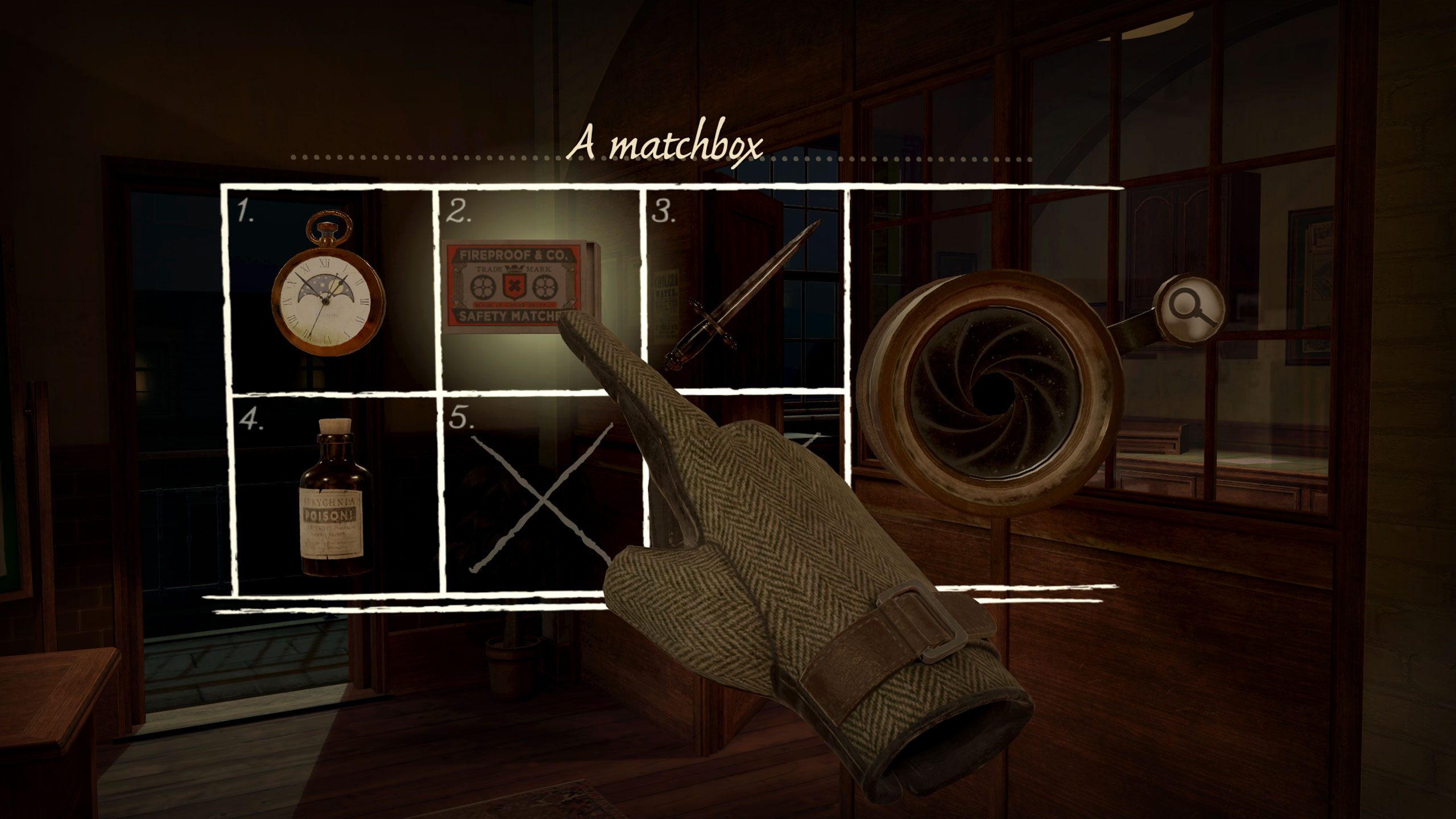
I’ve played my fair share of VR puzzle games that assume that I really simply must hear a hint every time I get something wrong, be it from an intrusive text bubble or a ‘helpful’ disembodied voice, and I can’t stress enough how much I hate being rushed through a puzzle when the entire point of a game is to let me solve it myself. A Dark Matter has really nailed that refreshing ‘hands-off’ approach, leaving you space to feel clever when you finally figure out some of the more complex puzzles by yourself. It took me a little over four hours to play, and I had a blast every step of the way.
One of the things I can see bothering some people (namely the anti-teleport crowd) is that The Room: A Dark Matter is teleport-only; you highlight nodes and ‘blink’ teleport over. I understand the need for this once you near the middle of the game and you have to traverse back and forth between puzzles often. Node teleportation also clues you into what’s important and what’s essentially just hollow scenery, which saves you from poking around needlessly. One thing I would have liked was the ability to turn off blink-style snap rotation, which is the only way to change your orientation outside of physically looking in the desired direction. Not a big deal if you’re playing standing, but it can feel a bit too jarring if you plan on playing seated.
In the end, I really hope Fireproof can garner the same level of success that prior entries in the franchise have, because I can’t wait to play more of their finely crafted escape rooms in VR.
The Room: A Dark Matter is slated to release sometime in Spring 2020 on Oculus Quest, PSVR, Oculus Rift, HTC Vive, Valve Index & Windows Mixed Reality headsets. Check out the game’s Steam page for more info.
The post Preview: ‘The Room: A Dark Matter’ Sets a New Bar for VR Puzzle Games appeared first on Road to VR.
from Road to VR https://ift.tt/2T9AD0l
via IFTTT
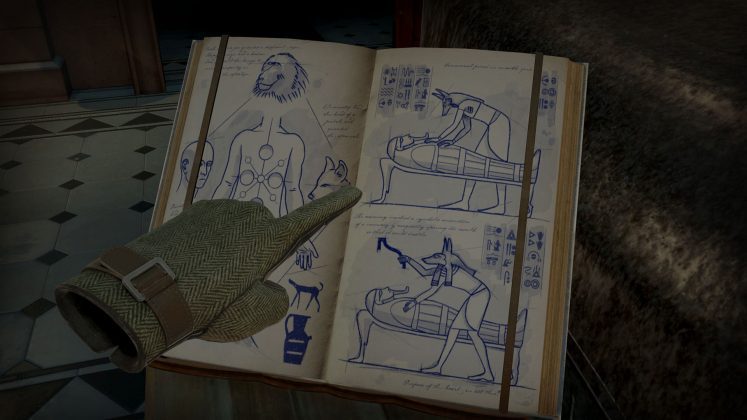
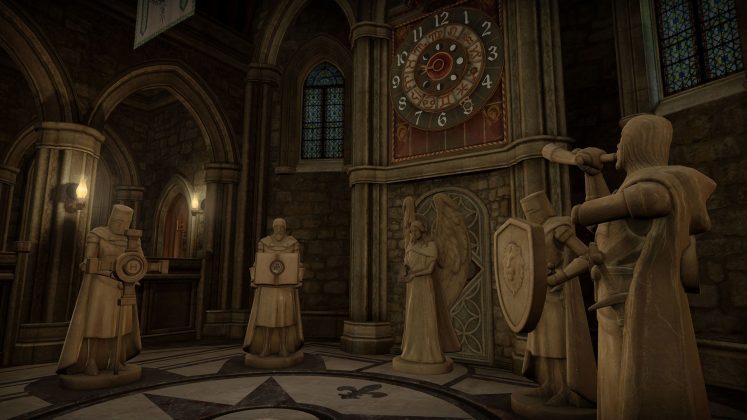
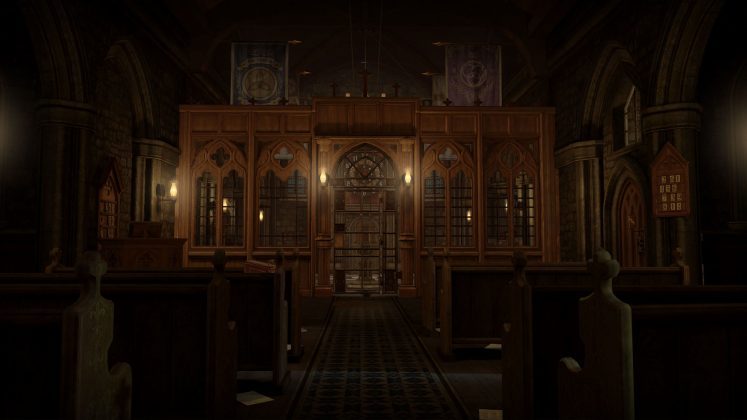
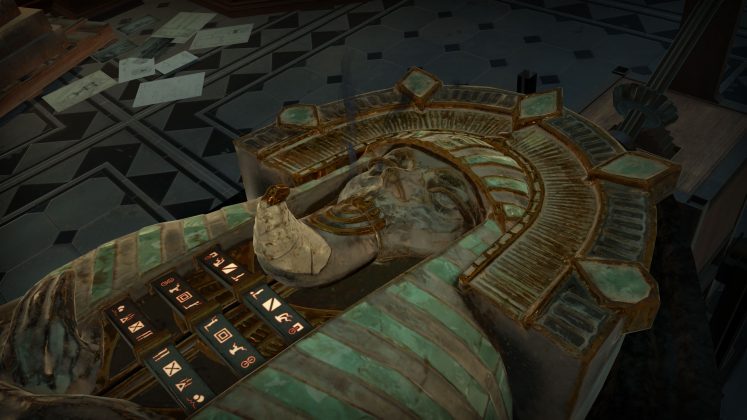
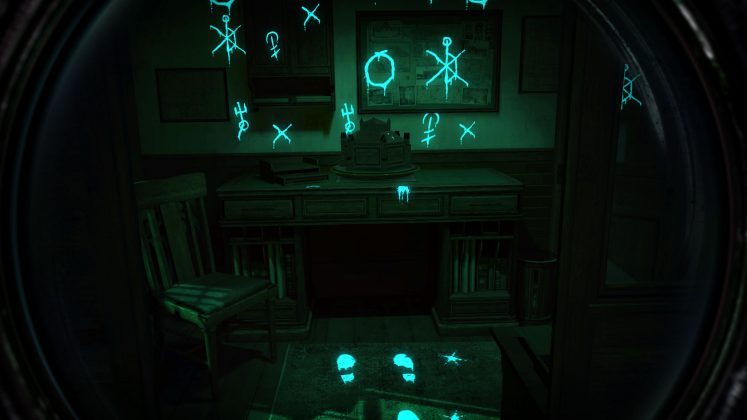
No comments:
Post a Comment